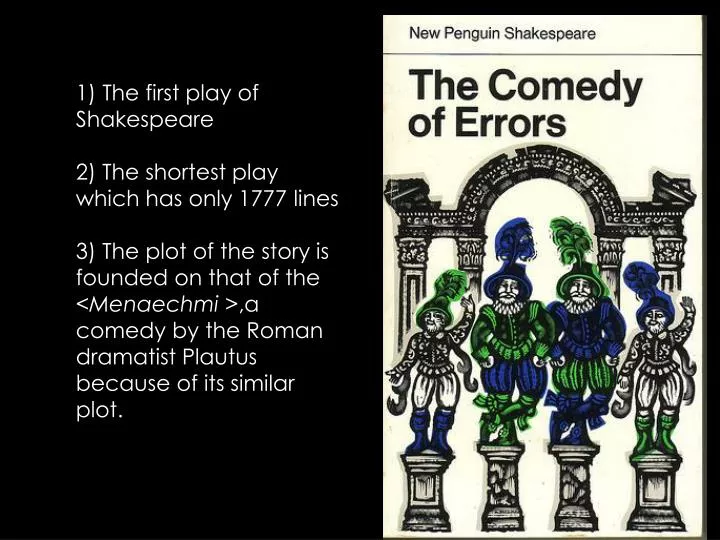


With critically acclaimed titles in history, science, higher education, consumer health, humanities, classics, and public health, the Books Division publishes 150 new books each year and maintains a backlist in excess of 3,000 titles.
UNDERLYING THEMES IN PLAUTUS MENAECHMI PROFESSIONAL
The division also manages membership services for more than 50 scholarly and professional associations and societies. The Journals Division publishes 85 journals in the arts and humanities, technology and medicine, higher education, history, political science, and library science. The Press is home to the largest journal publication program of any U.S.-based university press. It suffices to say that while we may have blindspots when it comes to human trafficking, Plautus did not.One of the largest publishers in the United States, the Johns Hopkins University Press combines traditional books and journals publishing units with cutting-edge service divisions that sustain diversity and independence among nonprofit, scholarly publishers, societies, and associations. The eagle snatching Ganymede is an unmistakable reference to the myth of Zeus kidnapping the young boy to serve as his cupbearer on Mount Olympus. Ubi aquila Catameitum raperet aut ubi Venus Adoneum?” (lines 143-144) Later, that same boy, now an adult, speaks of pilfering his wife’s scarf in mock epic terms: “Dic mihi enumquam tu uidisti tabulam pictam in pariete, Plautus makes it quite clear that the man is a kidnapper, who deserved the fate he received.Īnd that’s not all.

Ingressus fluuium rapidum ab urbe longule–Ībstraxitque hominem in maxumam malam crucem. Nam rus ut ibat forte, ut multum pluerat, Geminum illum puerum qui surrupuit alterum–Įumque heredem fecit, quom ipse obiit diem. Perhaps the man was just acting charitably in taking this poor child off the streets? Maybe he thought he was an orphan in need of rescuing?īut just a little later, Plautus weighs in, leaving no doubt as to what he thinks about the matter: He took him home with him to Epidamnus instead. Whatever the social services available in ancient Tarentum, we don’t know, but it appears that the visiting merchant did not attempt to reunite the lost boy with his father. The father might ask the police to issue an Amber Alert with identifying information about the child. Today we’d likely take a lost boy to Child & Family Services or some such local social services agency and let the local police know that a lost child had been found. Students asked at this point, “Did he kidnap the boy?” And we tried to imagine how the problem of finding the parent of a lost child in the midst of a festival celebration would be handled in Tarentum in the 3rd century BCE. A merchant from Epidamnus sees the boy and takes him home, where he raises him as his own son. There was a festival going on, and in the hubbub, he wandered away from his father and got lost in the crowd. The prologue describes how the father of the two twin boys went to Tarentum with one of his sons.
UNDERLYING THEMES IN PLAUTUS MENAECHMI MOVIE
Although this is not one of the adult themes that emerges in our movie adaptation, Plautus’ original text references kidnapping several times. My thoughts returned again to this issue the past weekend, when I read this NPR story We tend to think of girls and young women when we hear of human trafficking and the sex industry and forget that boys, young men, and trans individuals are also victims. I had mentioned in the brainstorming post that this was one of the social issues we have looked at in reading Plautus’ Menaechmi this semester.


 0 kommentar(er)
0 kommentar(er)
